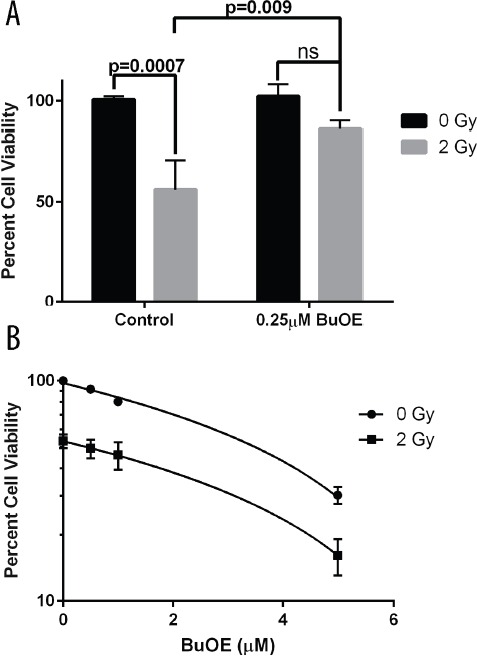Figure 4. Cell viability following radiation treatment in the presence of MnTnBuOE-2-PyP.

A. Viability of mouse primary colorectal fibroblasts. Fibroblasts were maintained for two weeks in media with PBS (Control) or 0.25 μM MnTnBuOE-2-PyP (BuOE) were either sham irradiated or treated with 2 Gy x-rays. Cultures were assayed for cell viability by measuring the ability to reduce MTT to formazan. Cell viability is significantly decreased (p=0.0007) in control cells receiving 2 Gy as compared to the unirradiated population, but this loss in viability is inhibited with BuOE treatment (p=0.009). Statistical significance and p-values were determined using 1-way ANOVA analysis followed by post hoc Tukey's test for multiple comparisons. B. Viability of human colorectal cancer cells. HT-29 cells were either sham irradiated or given 2 Gy x-rays in the presence of increasing doses of BuOE [0, 0.5, 1, 5 μM] Cultures were grown an additional 12 days in the presence of BuOE or PBS for control, then assayed for cell viability measured as the ability to reduce MTT to formazan. BuOE does not protect cancer cells from radiation induced damage (p<0.001) as determined by linear regression analysis of the difference between drug dose response curves with or without radiation treatment. All data are representative of the mean and standard deviation and were obtained from 3 independent experiments.
